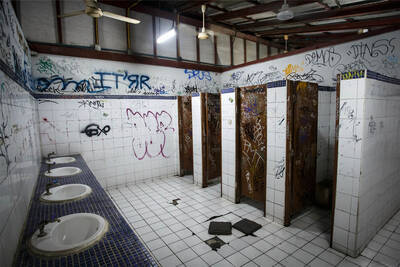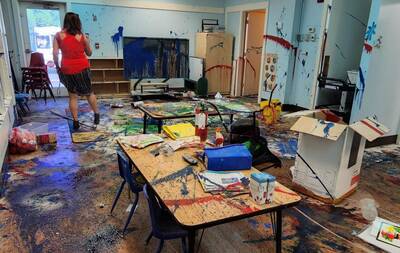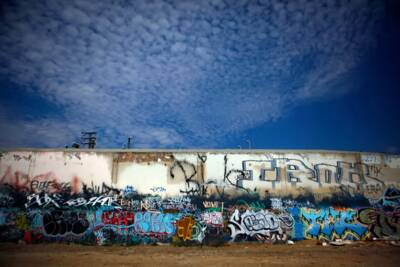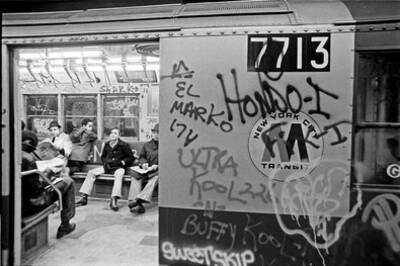Understanding Vandalism: A Comprehensive Overview
Vandalism Background
Vandalism, a term often relegated to the background of urban issues, is in fact a complex social phenomenon with far-reaching implications. This exploration, drawing from the comprehensive study "Vandalism Research, Prevention, and Social Policy" by the United States Department of Agriculture Forest Service, Pacific Northwest Research Station, aims to unpack the multifaceted nature of vandalism. The document, meticulously compiled by Harriet H. Christensen, Darryll J. Johnson, and Martha H. Brookes in November 1992, serves as a foundational text for our discussion.
Defining Vandalism
Vandalism is traditionally defined as the intentional destruction, damage, or defacement of property without the owner's consent. However, this definition barely scratches the surface of the issue. The document emphasizes that vandalism is not merely a physical act but a symbol of underlying social, psychological, and cultural dynamics. It challenges us to look beyond the immediate damage to understand the motivations and circumstances that lead to such behavior.
The Multidimensional Nature of Vandalism
The study presents vandalism as a problem that transcends simple categorization. It's an act that can be seen as a form of protest, a cry for help, or an expression of boredom and disenchantment with societal norms. The researchers delve into various aspects, including urban youth subcultures, where graffiti and other forms of vandalism are often seen as a means of self-expression and identity formation. They also explore the psychosocial aspects, suggesting that vandalism can be a response to the perceived neglect or alienation within a community.
Vandalism in Urban Spaces
Urban areas, with their dense populations and diverse socio-economic backgrounds, are particularly susceptible to vandalism. The document highlights how urban design, public policy, and community engagement play crucial roles in either exacerbating or alleviating the problem. Poorly designed public spaces, lack of recreational facilities, and inadequate community engagement are cited as factors that can contribute to a rise in vandalism.
Societal and Cultural Perspectives
The study also brings to light the societal and cultural perspectives on vandalism. It challenges the notion that vandalism is a homogenous issue, showing how it varies greatly across different communities and cultural contexts. For instance, what is considered vandalism in one culture might be seen as a form of artistic expression in another. This cultural relativity calls for a more nuanced approach to addressing the issue.
The Relevance of the Study
This document is not just an academic exercise; it has real-world implications for urban planners, policymakers, law enforcement, and businesses like VandalStop. By understanding the root causes and varied manifestations of vandalism, these stakeholders can develop more effective strategies for prevention and management. For instance, the design of public spaces can be informed by this understanding, leading to environments that discourage vandalism through natural surveillance, community ownership, and aesthetic appeal.
Upcoming Exploration
In the subsequent pages, we will delve deeper into the specific aspects of vandalism. We will explore its root causes, the financial and societal costs associated with it, and the various strategies that have been employed to reduce or prevent it. Each aspect will be examined through the lens of the comprehensive research presented in the document, supplemented with real-world examples and case studies.
Conclusion
Vandalism, often dismissed as a minor issue, is a complex problem that reflects deeper societal and cultural dynamics. Our exploration, grounded in the extensive research of "Vandalism Research, Prevention, and Social Policy," aims to provide a thorough understanding of vandalism and its many facets. This understanding is crucial for developing effective strategies to mitigate the impact of vandalism and create safer, more harmonious public spaces.
Next Page:
References:
Christensen, Harriet H., Darryll R. Johnson, and Martha H. Brookes, eds. "Vandalism Research, Prevention, and Social Policy." General Technical Report PNW-GTR-293. Portland, OR: U.S. Department of Agriculture, Forest Service, Pacific Northwest Research Station, 1992.





